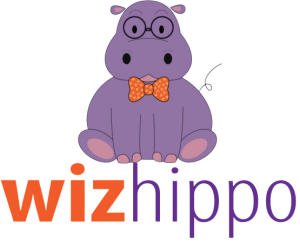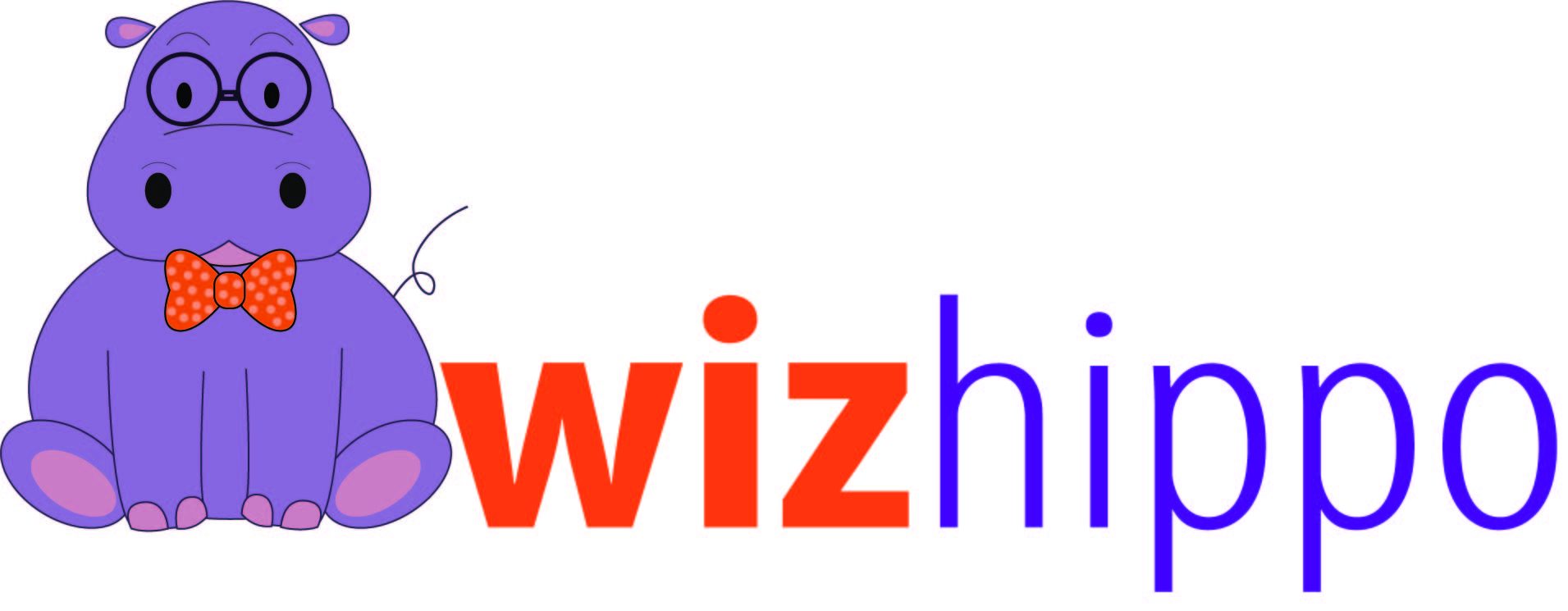
Selecting the right curriculum for early learners is one of the most important decisions daycare and preschool administrators can make. The curriculum serves as the foundation for everything children will learn, experience, and develop during their time in early education. It shapes the way teachers approach instruction, how children engage with the material, and ultimately, the developmental outcomes for each child.
In this blog, we’ll guide administrators through the key factors to consider when choosing a curriculum for early learners, from aligning with teaching philosophy to ensuring that the curriculum integrates well with daycare management systems like WizHippo.
Why Curriculum Choice Matters in Early Education
A well-chosen curriculum supports both teachers and children by providing a clear structure for teaching and learning. It helps guide educators in developing lesson plans, choosing materials, and setting educational goals, while also giving children the foundation to explore, learn, and grow in a structured yet creative environment.
Choosing the right curriculum ensures that:
- Educational Goals are Met: A good curriculum aligns with developmental milestones and prepares children for the next stage in their educational journey.
- Teacher Effectiveness is Enhanced: With a clear framework in place, teachers can focus on delivering engaging lessons that support each child’s unique learning style.
- Children are Engaged: The right curriculum fosters curiosity, creativity, and critical thinking, keeping children engaged in meaningful, hands-on learning experiences.
Key Factors to Consider When Choosing a Curriculum
Choosing a curriculum is a significant decision that requires careful thought and planning. Below are some key factors administrators should consider when selecting a curriculum for their early learning center.
1. Teaching Philosophy and Educational Approach
One of the first things to consider when selecting a curriculum is whether it aligns with your center’s teaching philosophy. Different curriculums support different approaches to learning, such as play-based learning, inquiry-based learning, or more structured academic learning. It’s essential to choose a curriculum that reflects the values and beliefs of your educational community.
- Example Approaches:
- Montessori: Focuses on child-led learning and hands-on experiences, encouraging children to explore at their own pace.
- Reggio Emilia: Values the role of the environment in learning, using open-ended materials to foster exploration and creativity.
- HighScope: Emphasizes active participatory learning, where children plan their activities and reflect on their experiences.
- Tip: Consider how well the curriculum aligns with your teachers’ teaching styles and your center’s mission. If your center emphasizes exploration and creativity, a curriculum that prioritizes hands-on, experiential learning may be the best fit.
2. Developmental Alignment
The curriculum you choose should be developmentally appropriate for the age group you serve. For early learners, this means focusing on areas like language development, cognitive growth, social-emotional skills, and physical development. The curriculum should provide activities and lessons that are designed to meet children at their developmental level and support their progression.
- Key Areas to Address:
- Cognitive Development: Look for a curriculum that supports critical thinking, problem-solving, and early literacy and math skills.
- Social-Emotional Growth: A curriculum that includes activities to help children develop self-regulation, empathy, and cooperation is crucial.
- Motor Skills: Physical development, including both fine and gross motor skills, should be an integral part of the curriculum.
- Tip: Ensure that the curriculum provides flexibility to meet the needs of individual children, allowing teachers to adapt lessons for children who may need additional support or challenge.
3. Inclusion of Play-Based Learning
Play-based learning is a cornerstone of early childhood education because it allows children to explore, create, and learn in ways that are meaningful to them. Whether the curriculum is more structured or child-led, it should integrate opportunities for both free play and guided play that promote discovery and engagement.
- Play-Based Learning Benefits:
- Supports cognitive development through exploration and problem-solving.
- Encourages creativity and imagination.
- Builds social skills through collaboration and interaction with peers.
- Tip: If play-based learning is important to your center, make sure the curriculum incorporates open-ended activities and projects that allow children to learn through play.
4. Teacher Support and Resources
A good curriculum not only benefits the children but also supports the teachers implementing it. Look for curriculums that provide comprehensive resources for teachers, such as lesson plans, training materials, assessment tools, and ongoing professional development. Teachers should feel empowered to use the curriculum effectively, rather than overwhelmed by its demands.
- Supportive Features to Look For:
- Detailed Lesson Plans: These help teachers understand the goals of each activity and how to adapt them for their classroom.
- Professional Development Opportunities: Ongoing training ensures that teachers stay up to date on best practices and are confident in using the curriculum.
- Assessment Tools: These tools help track children’s progress and ensure that they are meeting developmental milestones.
- Tip: Choose a curriculum that offers flexible implementation so teachers can adapt activities to their students’ unique needs and interests.
5. Parental Involvement and Communication
Strong communication between the center and parents is essential for supporting a child’s learning. The curriculum should provide opportunities for parents to be involved in their child’s education and offer tools for regular communication about their progress.
- Parental Involvement Benefits:
- Helps reinforce learning at home.
- Strengthens the connection between home and school.
- Allows parents to understand their child’s development and milestones.
- Tip: Look for a curriculum that includes take-home materials, progress reports, or activities that parents can do with their children to extend learning outside of the classroom.
6. Cultural Relevance and Inclusivity
A high-quality curriculum should be inclusive and culturally responsive, reflecting the diverse backgrounds of the children in your care. This ensures that all children see themselves represented in the learning materials and feel valued in the classroom.
- Inclusion Elements:
- Diverse Books and Materials: The curriculum should include stories, activities, and images that reflect a variety of cultures, languages, and family structures.
- Flexible Adaptations: The curriculum should allow for modifications to accommodate children with different learning needs, abilities, and cultural contexts.
- Tip: Review the materials to ensure they promote diversity and inclusivity and provide opportunities for all children to feel respected and understood.
7. Integration with Daycare Management Systems
Finally, consider how well the curriculum integrates with your daycare’s management systems. Tools like WizHippo can help you organize, track, and implement the curriculum more effectively by streamlining lesson planning, progress tracking, and parent communication. A curriculum that works hand-in-hand with your management software will save teachers time, reduce administrative work, and ensure consistency in how learning is delivered and tracked.
- Integration Features to Look For:
- Digital Lesson Planning: Does the curriculum offer digital resources that can be easily uploaded or integrated into your management system?
- Progress Tracking: Can the curriculum’s assessment tools be used with your existing system to track each child’s development over time?
- Parent Communication: How easily can the curriculum’s progress reports or updates be shared with parents through your management system?
- Tip: Choose a curriculum that offers digital resources and assessment tools that are compatible with your daycare management system, making it easier to monitor and report on children’s progress.
How WizHippo Can Support Curriculum Implementation
WizHippo’s daycare management software can be a valuable tool in helping you implement and manage your chosen curriculum. Here’s how WizHippo can enhance your curriculum’s effectiveness:
- Lesson Planning and Documentation: With WizHippo, teachers can easily organize lesson plans, record daily activities, and document how the curriculum is being implemented in the classroom.
- Progress Tracking and Reporting: WizHippo allows educators to track children’s development in real-time, ensuring they are meeting curriculum goals. Reports can be generated to monitor progress and share insights with parents.
- Parent Communication Tools: WizHippo’s parent portal makes it easy to keep parents informed about their child’s learning journey, from weekly updates to individualized progress reports based on the curriculum’s objectives.
- Assessment Integration: If the curriculum includes assessment tools, WizHippo can help teachers document and evaluate children’s progress efficiently, ensuring that the data is organized and accessible for review.
By using WizHippo to manage your curriculum, you can streamline administrative tasks, provide better support for teachers, and ensure that every child receives a high-quality, personalized learning experience.
Conclusion
Choosing the right curriculum for early learners is a critical decision that will shape the educational experiences of both children and teachers. By considering factors such as teaching philosophy, developmental alignment, play-based learning, teacher support, and integration with management systems, administrators can select a curriculum that fosters meaningful learning and growth.
With the support of a comprehensive daycare management system like WizHippo, you can ensure that your chosen curriculum is implemented effectively, helping both educators and children thrive.
Ready to streamline your curriculum implementation and improve learning outcomes? Visit WizHippo today to learn how our platform can support your daycare or preschool’s curriculum and enhance early learning experiences for every child.

Stay Updated with the Latest in Daycare Management!
Subscribe to our newsletter to receive expert tips, industry news, and special offers straight to your inbox. Plus, get exclusive access to free resources and guides to help you streamline your childcare operations.
